Types of Cucumber: [Characteristics, Best Variety and Difference with Zucchini]
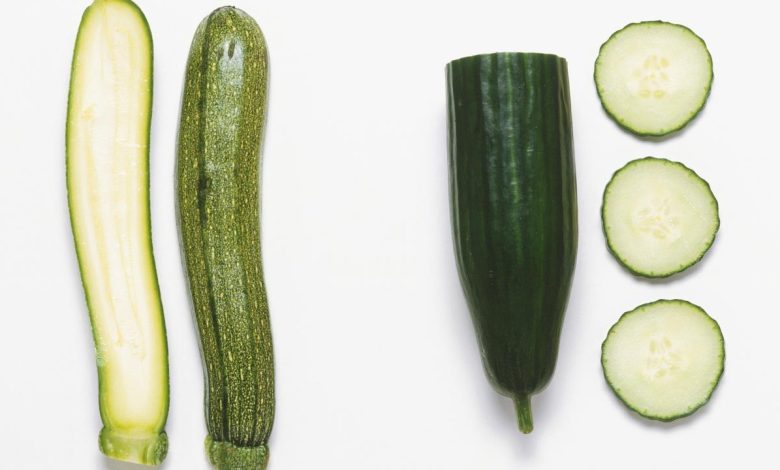
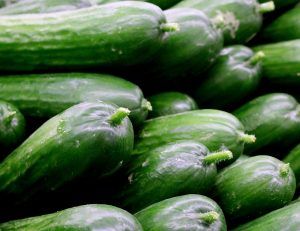 How many salads have passed through your table in which one of the protagonists has been the cucumber?
How many salads have passed through your table in which one of the protagonists has been the cucumber?
This fresh, juicy, soft and noble vegetable can be found in different types and applied to a wide variety of recipes.
Its planting and harvesting is also very possible to carry out in home gardens, since they are not particularly demanding in any area.
Do you want to know some more details related to cucumber? You will not only learn about various types of cucumber but also other very interesting facts.
What are the different types of cucumber?
Cucumbers can be of different types, both in terms of characteristics and the place where they originate. Here we find:
french cucumber
It is the most common type of cucumber that is marketed and the one that you have surely tried more than once. It is characterized by being dark green, with a length of 20 to 30 centimeters and a mild and very moist flavor.
spanish cucumber
 It is a variety of about 15 centimeters long, with a very dark green color on the shell from which thorns protrude.
It is a variety of about 15 centimeters long, with a very dark green color on the shell from which thorns protrude.
These conditions allow us to imagine from the outside the type of pulp that we will find inside, which usually has a deep flavor and outstanding aroma.
armenian cucumber
It is a cucumber with an elongated shape but not straight, but rather it creates a series of undulations along its structure. In addition to the above, his skin is demarcated by shallow lines that go from end to end as if they were stretch marks.
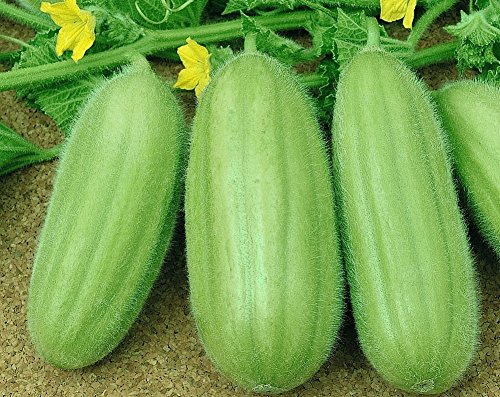
It has a mild flavor, which makes it ideal for preparations such as pickles, in vinegar.
japanese cucumber
It is a variety of cucumber with a very characteristic flavor that is complemented by a crispy structure, making it very pleasant on the palate.
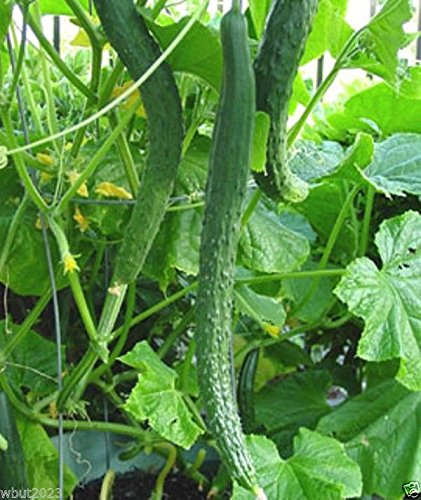
Its skin is smooth but thick, unlike most cucumbers which have a rather thin skin. Color is dark green.
Sea cucumber
It is a variety that lives at the bottom of the oceans and is not really a plant, it is an animal. It is only named in this way because of its structure, which is very similar to the cucumber that we all know.
What is the best variety of cucumber?
All cucumbers have their potential when it comes to flavor, which makes some communities prefer one, while others gravitate towards a different variety.
Due to its characteristics, the French cucumber is usually widely consumed thanks to its pleasant flavor, the fact that it is refreshing and has a thin skin.
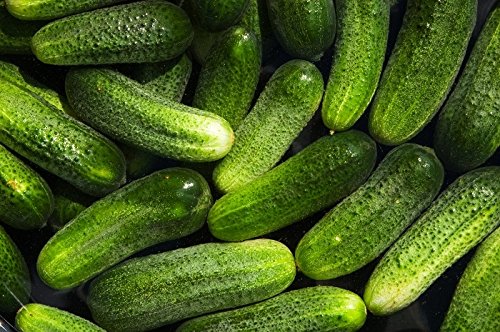
On the other hand, it has a noble production system that generates a vigorous plant that adapts to different climatic conditions. In general, it is also capable of giving very good harvests, both in terms of quality and quantity.
What are small cucumbers called?
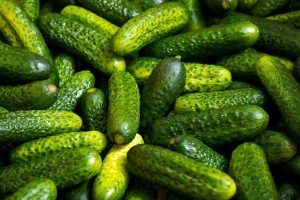 Small cucumbers are called gherkins. These are worked with a sowing system the same as normal, but the harvest is done early.
Small cucumbers are called gherkins. These are worked with a sowing system the same as normal, but the harvest is done early.
Normally pickles do not exceed 15 centimeters in length because they are harvested before they are able to grow much larger.
They have a dark green shell that runs through lines or small grooves in yellow and white. In addition, due to conservation methods and also for commercial purposes, gherkins are usually pickled, giving them that characteristic flavor.
It should be noted that the gherkins used for pickling are collected very small.
How to differentiate a zucchini from a cucumber?
Zucchini and cucumber could be considered similar in certain characteristics but they are really very different species. In the first instance, the flesh of the zucchini is white and firmer to the touch than that of the cucumber. For its part, the latter has a rather translucent color.
In the center of both vegetables are the seeds, but the center of the cucumber is much more watery than that of the zucchini.As for the skin, although both can have a dark green skin, the zucchini skin is finer and more delicate than the cucumber skin.
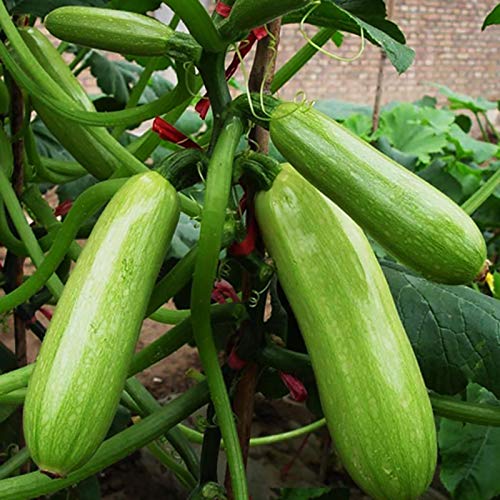
It should even be noted that there are varieties of cucumbers that have thorns on their cover, making it much easier to differentiate them. Cucumber is a very practical vegetable because it can be consumed without the need to cook it, even its peel is perfectly edible.
In addition, it has numerous properties and health benefits and becomes an infallible ally to lose weight due to its diuretic value. As there are so many varieties, we have the opportunity to enjoy a diversity of flavors and textures since some types are usually sold in the markets.
Take advantage of learning to differentiate them and include them in your daily life, especially when summer arrives with its suffocating heat. You will not regret!
Bibliographic references
- Cucumber production (Cucumis sativus L.) under greenhouse: comparison between types of cucumber, KC Padilla, JEM Pérez – Technology in progress, 2020 – dialnet.unirioja.es
- Comparison of four varieties of cucumber (Cucumis sativus L.) under greenhouse conditions, AND INFANTE GIL – 1972 – repositoryinstitucional.uson.mx
- Agronomic comparison between types of cucumber (Cucumis sativus), JA Cruz-Coronado, JE Monge-Pérez … – … of UNED Research, 2020 – scielo.sa.cr
- Cucumber greenhouse production manual, C Bojacá, O Monsalve – 2012 – books.google.com
- Fertilization in three varieties of Cucumber (Cucumis Sativa L), J Monterroza Codin, S Numa Numa – 1976 – ns2.kanoli.com
- Productivity comparison of three varieties of cucumber (cucumis sativus l.) in Alto Mayo, N Garcia Córdova – 2012 –tesis.unsm.edu.pe
- The sweet cucumber and its cultivation, JJR Martínez – 1996 – books.google.com
Maybe you are also interested in:



![Photo of Kumquat Care: [Soil, Humidity, Pruning and Problems]](https://www.complete-gardening.com/wp-content/uploads/2022/08/kumquat-care-soil-humidity-pruning-and-problems-390x220.jpg)
![Photo of Apple Tree Cuttings: [Grafts, Time, Rooting and Planting]](https://www.complete-gardening.com/wp-content/uploads/2022/08/apple-tree-cuttings-grafts-time-rooting-and-planting-390x220.jpg)